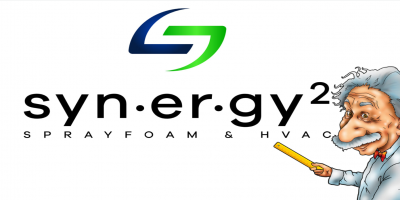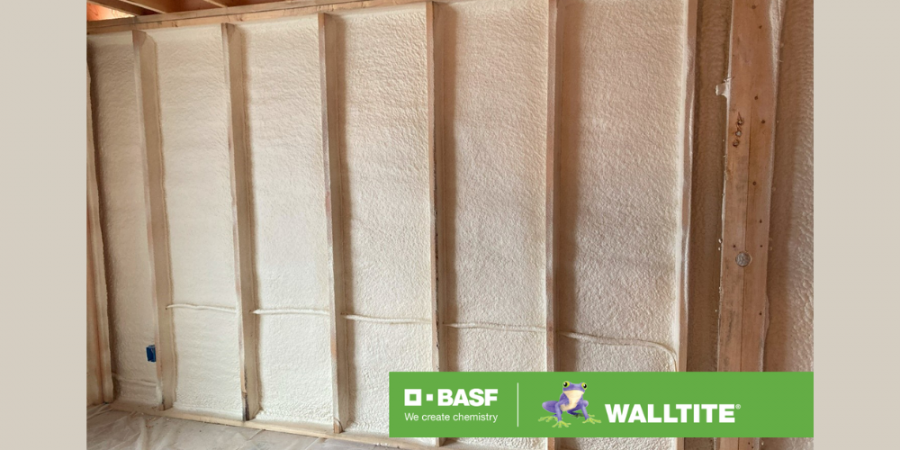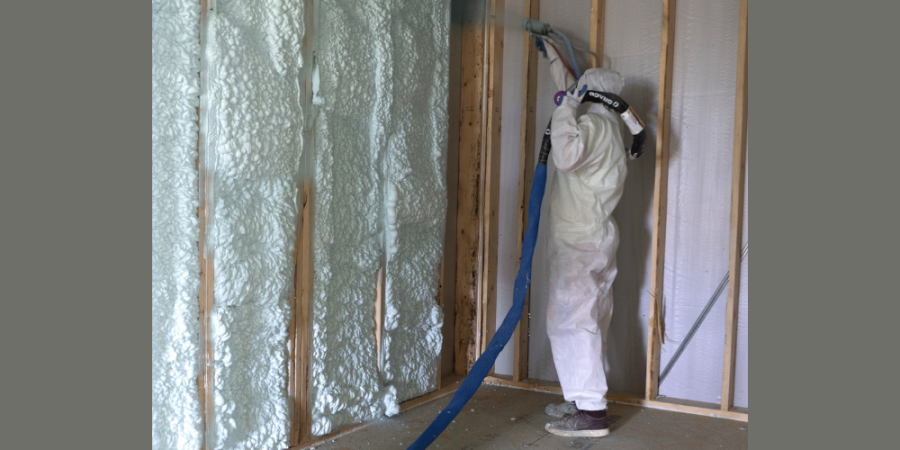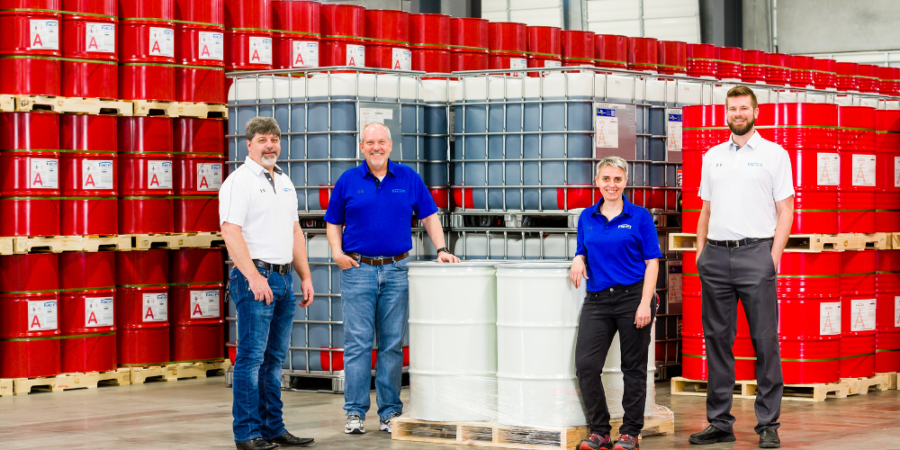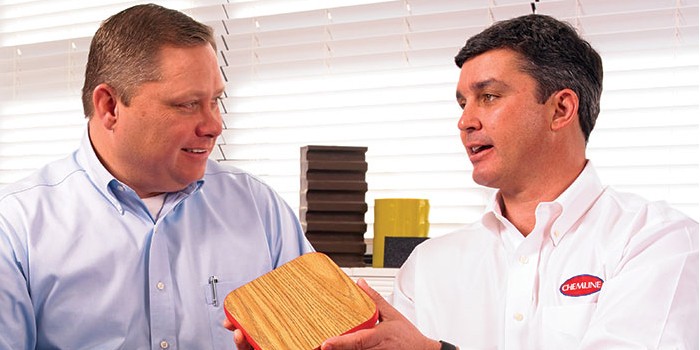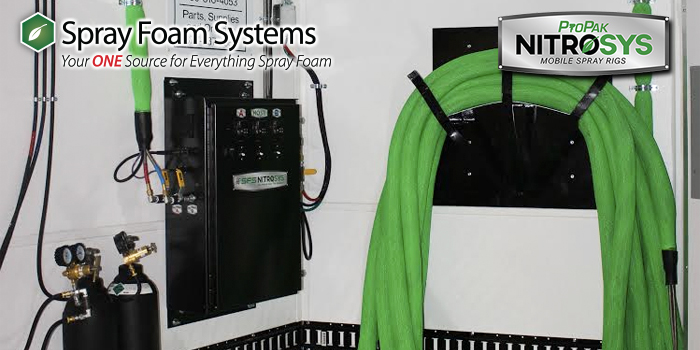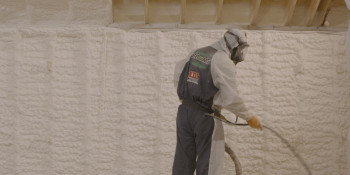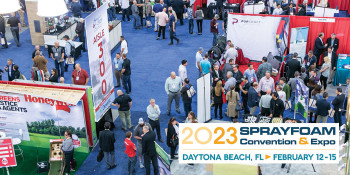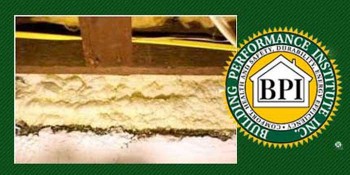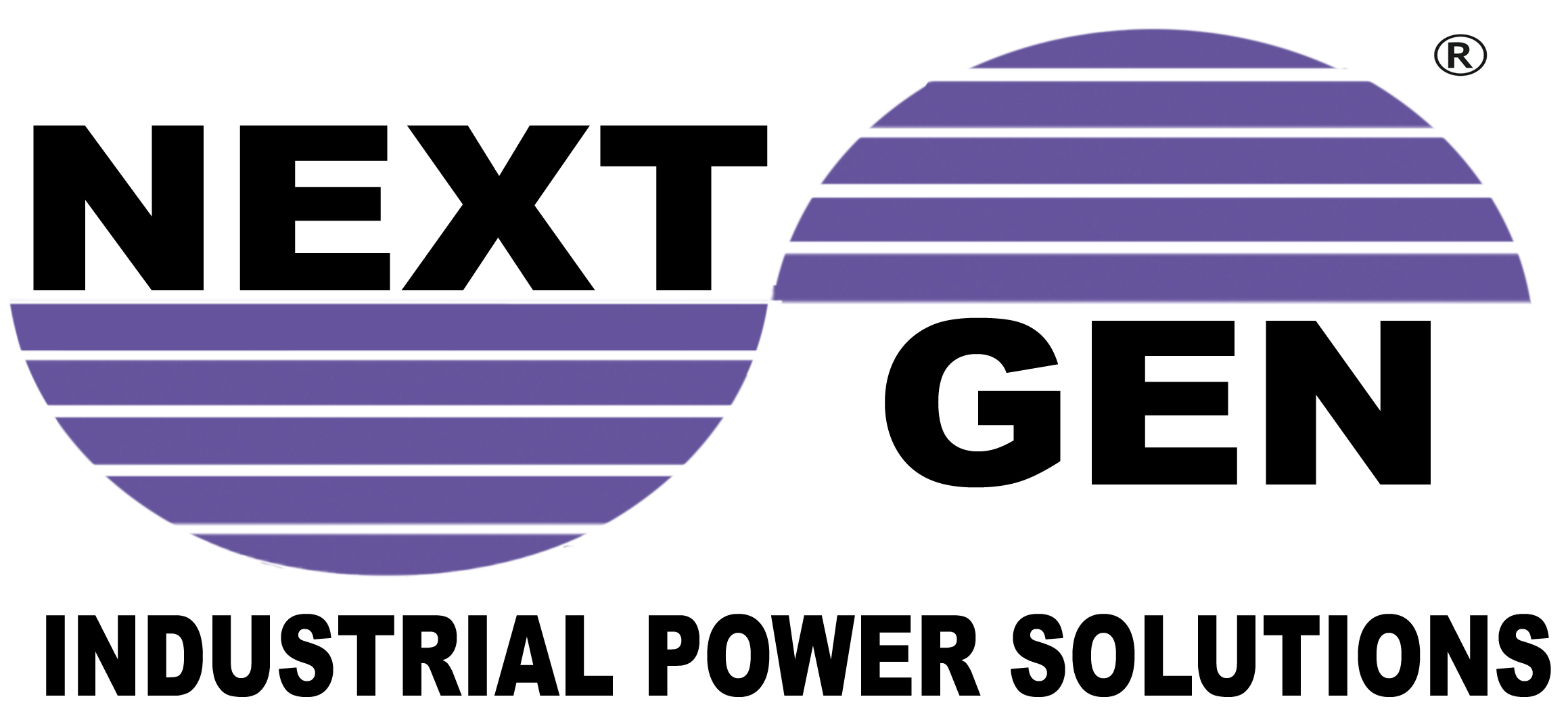Securing the Base


Spray Foam Magazine – Summer 2025 – Some projects inspire a sense of passion and patriotism in contractors, and this one certainly does that. As energy demands in the military continue to grow due to drones, sophisticated armament systems, and energy-dependent weapons, the need for independent energy sources becomes crucial.
A national energy infrastructure makes military zones more vulnerable to natural disasters, cyberattacks, and physical attacks. By establishing backup options to the civilian energy grid, the Department of Defense (DoD) can reduce carbon emissions and mitigate the effects of climate change while safeguarding the military’s energy infrastructure.
One of the most effective and immediate ways to enhance energy efficiency at a military base is through upgrades to its building envelope, with spray foam insulation being a top-tier solution.
Todd Bolton is the owner and General Manager of Synergy Spray Foam and Air Conditioning. His company was founded out of a passion for enhancing efficiency and comfort of a building in a more integrated manner. He believes that true efficiency arises from the synergy between insulation and air conditioning instead of viewing them as two separate entities.
Synergy was selected by Lyn-Rich Contracting, Inc. to provide spray foam insulation services for the McCrady Training Center in Eastover, South Carolina. They have proven expertise and a strong reputation to carry out the insulation scope as specified by the project’s building engineer.
The McCrady Training Center was originally a 283-acre property used for annual training and drill weekends. It has since expanded into a 15,000-acre training site, which now includes additional barracks to meet the increased training demands and modernization needs of the South Carolina National Guard and associated military units.
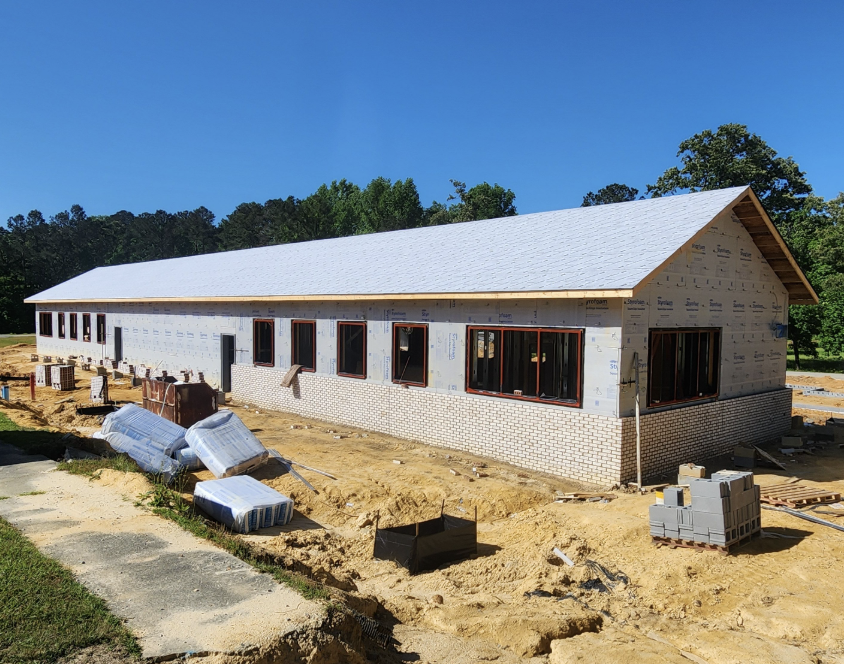
Additional barracks were constructed with enhanced living conditions for soldiers of the South Carolina National Guard and associated military units.
“The older barracks do not meet current DoD standards for habitability, safety, or energy efficiency. The new housing will facilitate simultaneous training of multiple units without logistical strain while ensuring compliance with updated requirements. Additionally, these improvements will enhance living conditions for soldiers, boosting morale, retention, and overall training effectiveness,” explained Bolton.
Synergy collaborated closely with the general contractor and engineering team to ensure that all insulation work aligned with the project’s energy modeling and structural specifications. The goal was to install open-cell spray foam insulation on the roof deck and gable walls, as specified by the building engineer. The foam was applied early in the construction process, before the installation of HVAC, plumbing, and electrical systems.
This approach ensured clean and unobstructed access, creating a comfortable, climate-controlled job site for other trades. This project needed to meet stringent performance standards for air sealing, R-value targets, and moisture control.
The Synergy crew planned to apply 5 lb. Accufoam open-cell foam to the roof deck and gable-end walls to fulfill requirements for air sealing, thermal resistance, and sound attenuation. The foam coverage was intended to achieve the engineered thickness and then be trimmed cleanly for framing.
The crew held daily safety briefings and conducted safety meetings each morning before work began. They reviewed job-specific hazards, site conditions, and weather-related risks, as well as discussed emergency procedures and evacuation routes. All technicians were required to wear full-face supplied-air respirators or half-mask respirators with organic vapor cartridges (depending on exposure), coveralls, gloves rated for chemical resistance during spraying and cleanup, safety glasses and/or face shields during preparation and trimming, and steel-toe boots with slip-resistant soles.
The team ensured proper ventilation and containment by isolating spray zones with poly sheeting to contain overspray and vapors. They also used mechanical ventilation (exhaust fans) to safely disperse fumes and maintained safe re-entry times following spraying and curing.
Before spraying, equipment safety checks were performed, which included inspections of hoses, proportioners, and spray guns. The crew ensured proper hose anchoring to prevent trip hazards and monitored pressure gauges and system temperatures throughout the job. Chemical drums were kept securely closed and upright in the spray rig, and all fire extinguishers had been inspected and were readily accessible.
After confirming the spray zones with the client and conducting a safety and logistics briefing with site supervisors, the Synergy crew of two spray technicians, a general laborer, and a supervisor began their prep work. They carefully masked all exposed framing, windows, trusses, and other areas to prevent overspray. At the same time, they ensured the roof decking and gable wall surfaces were clean, dry, and ready for foam application, while also protecting the staging areas.
It was time to set up the heated and pressurized Gusmer PH-2 proportioner and hose system in their spray rig. They ran heated hoses to the spray zones, minimizing kinks to ensure an even spray pattern. The system was then calibrated for consistency.
The crew began applying Accufoam open-cell SPF to the roof deck and gable walls of the 3,000-square-foot barrack, creating a seamless thermal envelope. They made clean, consistent passes to ensure optimal coverage and adhesion. Spraying the foam before installing any mechanical systems helped reduce interference and enhance overall quality.
This foam was chosen for its outstanding thermal resistance, moisture control, and vapor diffusion—key factors in preventing mold and rot. It also offers sound absorption and supports the viability of microgrids. Most notably, it reduces heating and cooling demands, improving overall HVAC system efficiency. The crew applied eight inches of open-cell foam to the roof of each barrack, using approximately 1.75 sets per building.
The spray thickness met all specified requirements, confirmed through density checks and a thorough inspection. Any voids, gaps, or thin areas were identified using thermal imaging and a blower door test and then corrected.
After securing all necessary approvals, the crew removed the masking and poly sheeting, then vacuumed and swept the area to ensure it was clean and prepared for the next phase. A final walk-through was completed with site management to confirm everything met expectations.
The client was very pleased with the fully encapsulated attic space, which featured superior air sealing, improved indoor comfort, and enhanced energy efficiency for the barracks structure. By incorporating high-performance solutions like open-cell spray foam insulation into the roofs of barracks, such as those at McCrady Training Center, Synergy Spray Foam and Air Conditioning has contributed to advancing their energy independence.

Accufoam open-cell SPF was applied to the roof deck and gable walls of the 3,000 sq. ft. barrack creating a seamless thermal envelope.
The goal is for the DoD to continue investing in renewable energy alternatives—an effort that could reduce reliance on fossil fuels, a major source of climate-changing emissions, while possibly enhancing the safety of our nation.
Disqus website name not provided.



